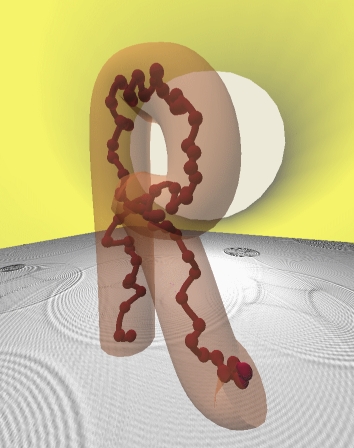Rouse Frequency¶
Summary¶
Fit Rouse modes to a frequency dependent relaxation function
- Function
Continuous Rouse model (valid for “large” \(N\)):
\[\begin{split}G'(\omega) &= G_0 \dfrac 1 N \sum_{p=1}^N \dfrac{(\omega\tau_p)^2} {1 + (\omega\tau_p)^2}\\ G''(\omega) &= G_0 \dfrac 1 N \sum_{p=1}^N \dfrac{\omega\tau_p} {1 + (\omega\tau_p)^2}\\ \tau_p &= \dfrac{N^2 \tau_0 }{ 2 p^2}\end{split}\]
- Parameters
\(G_0 = ck_\mathrm B T\): “modulus”
\(\tau_0\): relaxation time of an elementary segment
\(M_0\): molar mass of an elementary segment
- where
\(c\): number of segments per unit volume
\(k_\mathrm B\): Boltzmann constant
\(T\): temperature
\(N=M_w/M_0\): number of segments par chain
\(M_w\): weight-average molecular mass
